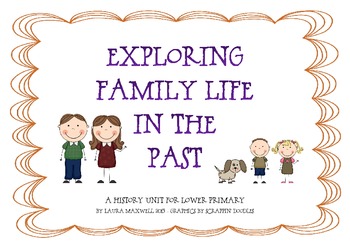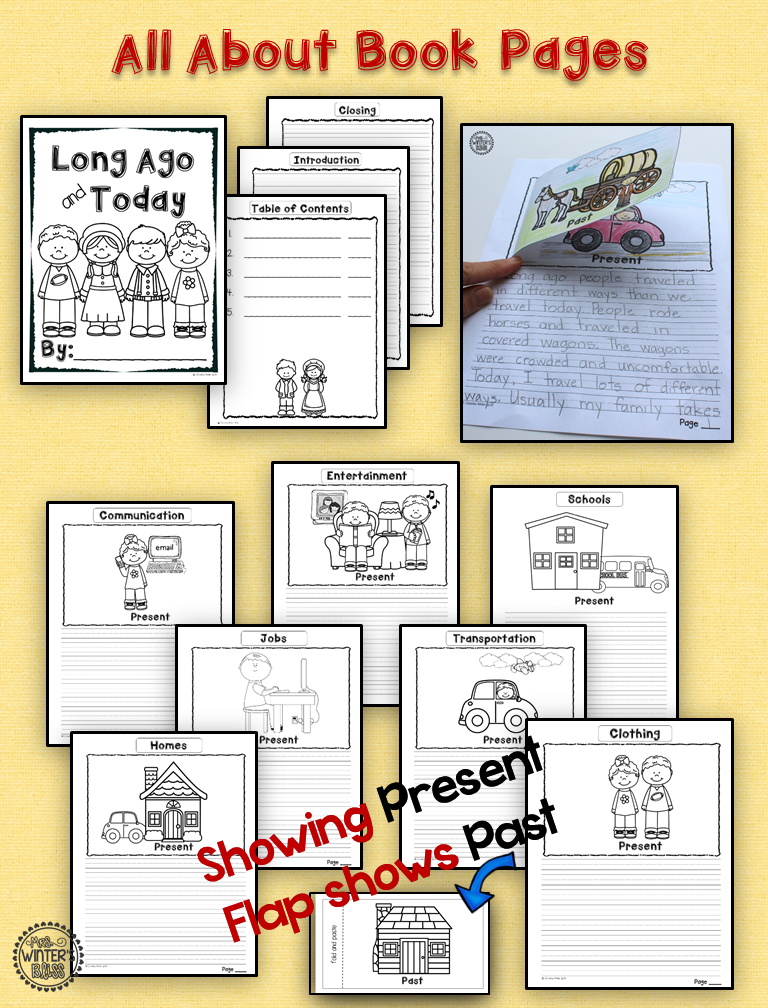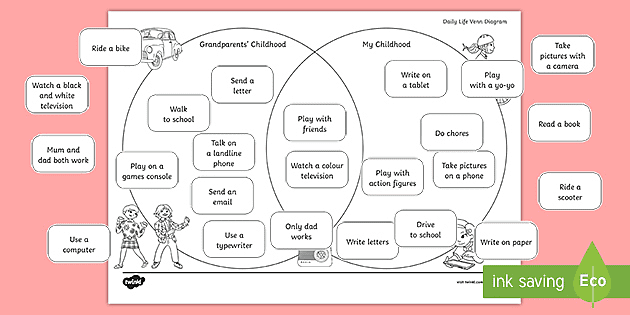Families have undergone significant changes over the course of human history. While the basic structure of a family - consisting of a group of individuals who are related by blood or marriage - has remained constant, the roles and responsibilities of family members have evolved significantly. In this essay, we will explore some of the key differences between families in the past and those of today, highlighting the ways in which family life has changed over time.
One of the most significant differences between families in the past and those of today is the role of women. In many societies throughout history, women were expected to play a subservient role within the family, responsible for caring for children and managing household tasks. This often meant that women had little or no say in decision-making processes within the family and were often excluded from the workforce.
In contrast, women today often play a more equal role within the family and are often active participants in the workforce. This shift has been driven by a variety of factors, including the women's rights movement, changes in societal attitudes towards gender roles, and economic changes that have made it necessary for both men and women to work in order to support the family. As a result, women today are often more independent and have more agency within the family than they did in the past.
Another key difference between families in the past and those of today is the size and composition of the family unit. In the past, it was common for families to be larger, with multiple generations living together under one roof. This was often a necessity due to economic and social circumstances, as families needed to work together to support one another and to ensure the survival of the group.
In contrast, families today are often smaller and more nuclear in nature, consisting of parents and children. This shift is largely due to changes in the economy and in social attitudes towards family life. With the availability of modern healthcare and increased life expectancy, it is now more common for people to live independently for longer periods of time. Additionally, changes in the economy have made it possible for people to support themselves without the need for extended family support.
A third key difference between families in the past and those of today is the level of involvement in the community. In the past, families were often closely tied to their communities and played an active role in the social and economic life of the area. This could include participating in community organizations, working together on collective projects, and supporting one another in times of need.
In contrast, families today are often more isolated and less connected to their communities. This can be due to a variety of factors, including the increasing mobility of modern society, the proliferation of technology, and changes in the way we interact with one another. As a result, families today may have less of a sense of community and may be less involved in the life of their neighborhoods and towns.
Overall, it is clear that families have undergone significant changes over the course of human history. While the basic structure of a family has remained constant, the roles and responsibilities of family members, the size and composition of the family unit, and the level of involvement in the community have all evolved significantly. Understanding these changes can help us to better understand the ways in which families have adapted to changing social, economic, and cultural circumstances over time.






